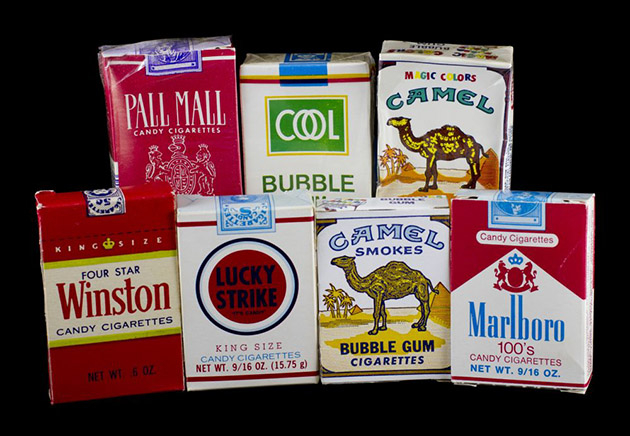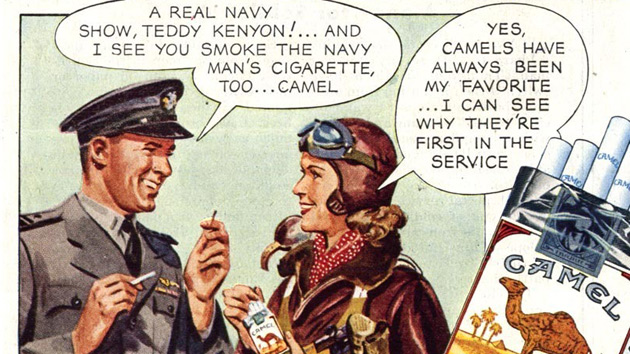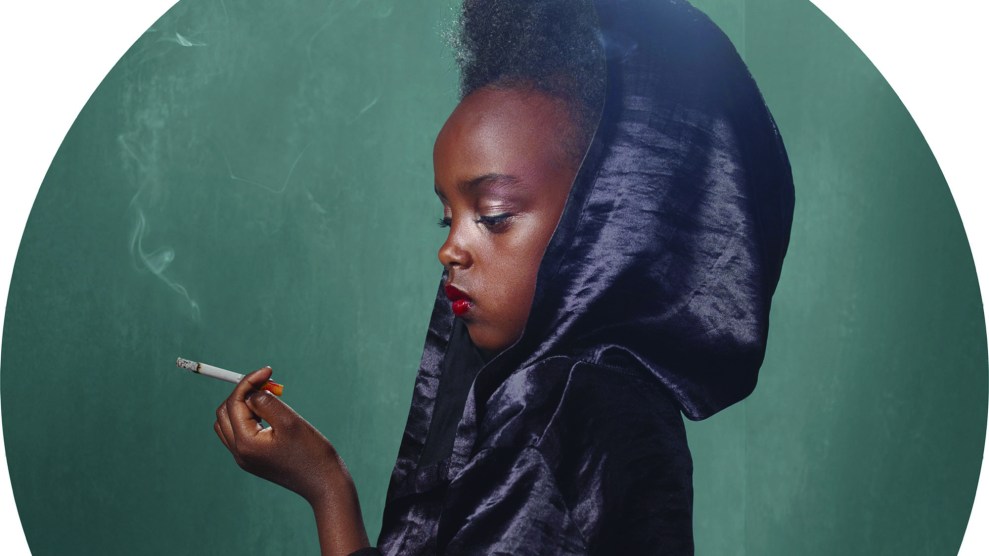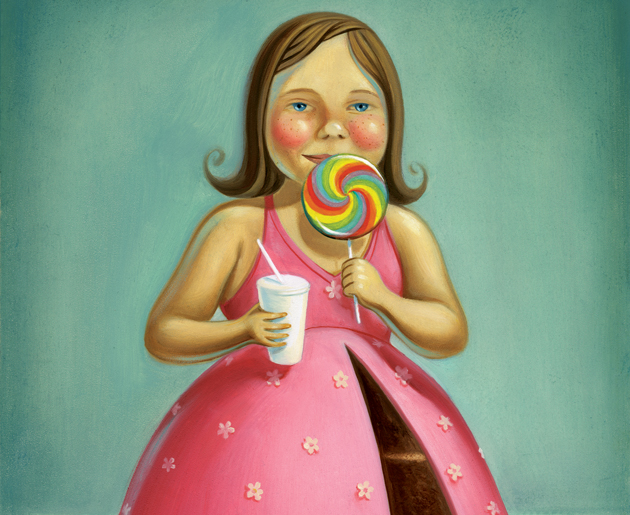
There was a time you’d think nothing of seeing young kids puffing on candy cigarettes. Parents would even hand them out on Halloween. Smoking was KOOL. “Just Like Daddy!” one candy ad promised. Hershey Corporation started the trend a century ago when it began hawking chocolate smokes, and by the 1920s, companies such as World Candies and Necco were selling a chalky white version. You could also get skinny bubble gum cigs in white paper tubes. Bonus: Blowing on them produced a little puff of gum-dust smoke.

Big Tobacco often looked the other way as its names and logos popped up in candy aisles around the nation. “Not too bad an advertisement,” a lawyer for Brown & Williamson once conceded to a candymaker. Some tobacco execs even supplied art specs for use on candy packaging, notes Stanford historian Robert Proctor, who painstakingly details the industry’s evildoings in his 2012 book, Golden Holocaust.

It paid off, too: In a 2007 study that surveyed 25,000 people, researchers at the University of Rochester found that respondents who consumed candy cigarettes as kids were roughly twice as likely as those who hadn’t to report that they later became smokers. When tobacco companies eventually grew sensitive to negative PR and began policing their copyrights more aggressively, confectioners responded with a wink: “Marboro,” “Winstun,” “Kamel,” “Lucky Stripe.”

One state, North Dakota, actually outlawed candy cigarettes from 1953 to 1967, but federal lawmakers who tried the same were no match for Big Tobacco’s friends in Congress. In the end, didn’t matter. Following the massive tobacco settlements of the 1980s, which included restrictions on advertising and product placement, smoking became way less cool and candy cigs slowly disappeared from most stores on their own. You can still buy the fake cancer sticks online without the recognizable logos. Now they’re just “candy sticks.”



















